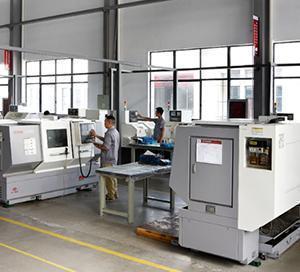A metal detector is a device for finding metal objects both above and below ground. Magnetic separators are used to draw out magnetic substances from a mixture of magnetic and non-magnetic materials.
History
The invention of metal detectors is often attributed to mining engineer R. W. Fox in the 1830s. In 1879, Professor D. E. Hughes demonstrated the induction balance, a system most metal detectors still use today.
Magnetic separators originated in the 18th century. Many people contributed to their development, but key figures include William Fullarton and inventor Elmer Gates.
Function
Metal detectors use electromagnetic induction to locate metal. Induction balance is a two-coiled system in which the equalized electromagnetic fields of the coils become unbalanced in the presence of metal.
A magnetic separator consists of one or more electromagnets. Mixtures of materials are passed through the electromagnetic field, which attracts magnetic components and separates them from non-magnetic materials.
Applications
Metal detectors are used by security officials to check for concealed weapons and prevent theft. Detectors can also find hidden wires or pipes during construction work.
Magnetic separators are used in mining, biological and chemical research as well as in medicine. They can be used to separate metals from rocks, analyze cell cultures and filter water.
 English
English 日本語
日本語 한국어
한국어 français
français Deutsch
Deutsch Español
Español italiano
italiano русский
русский português
português العربية
العربية





